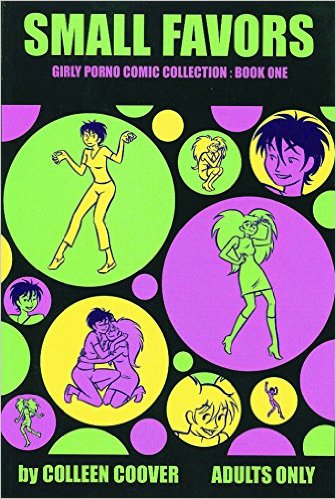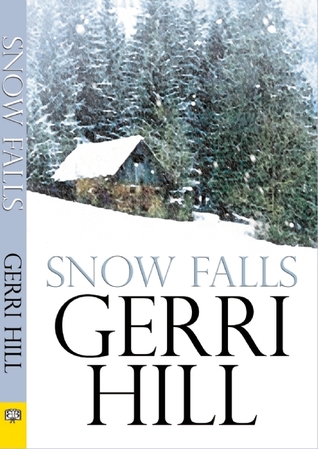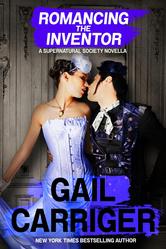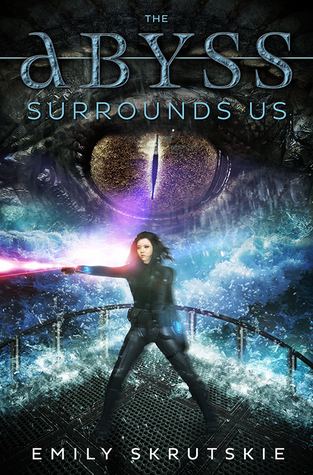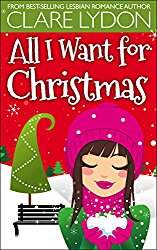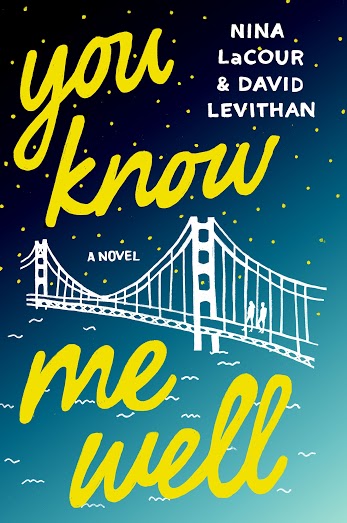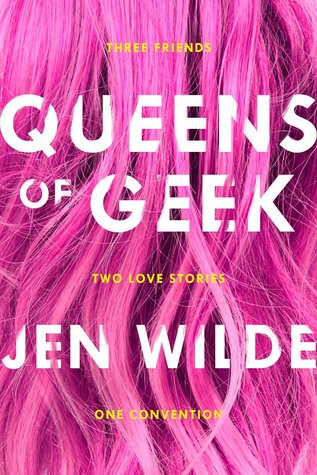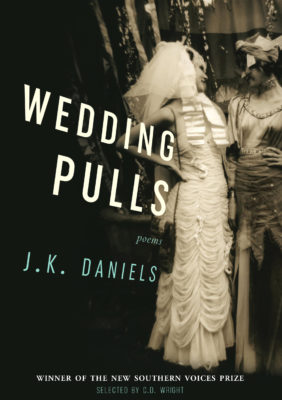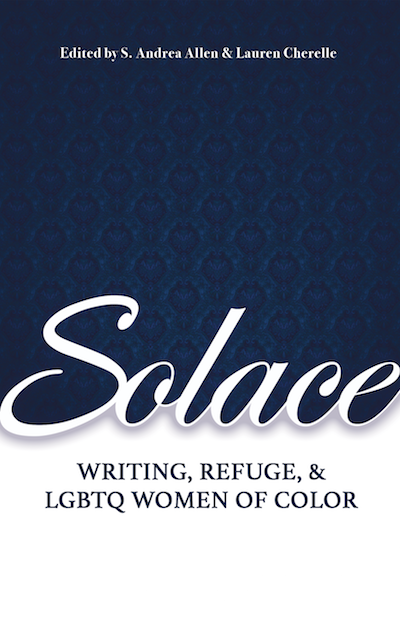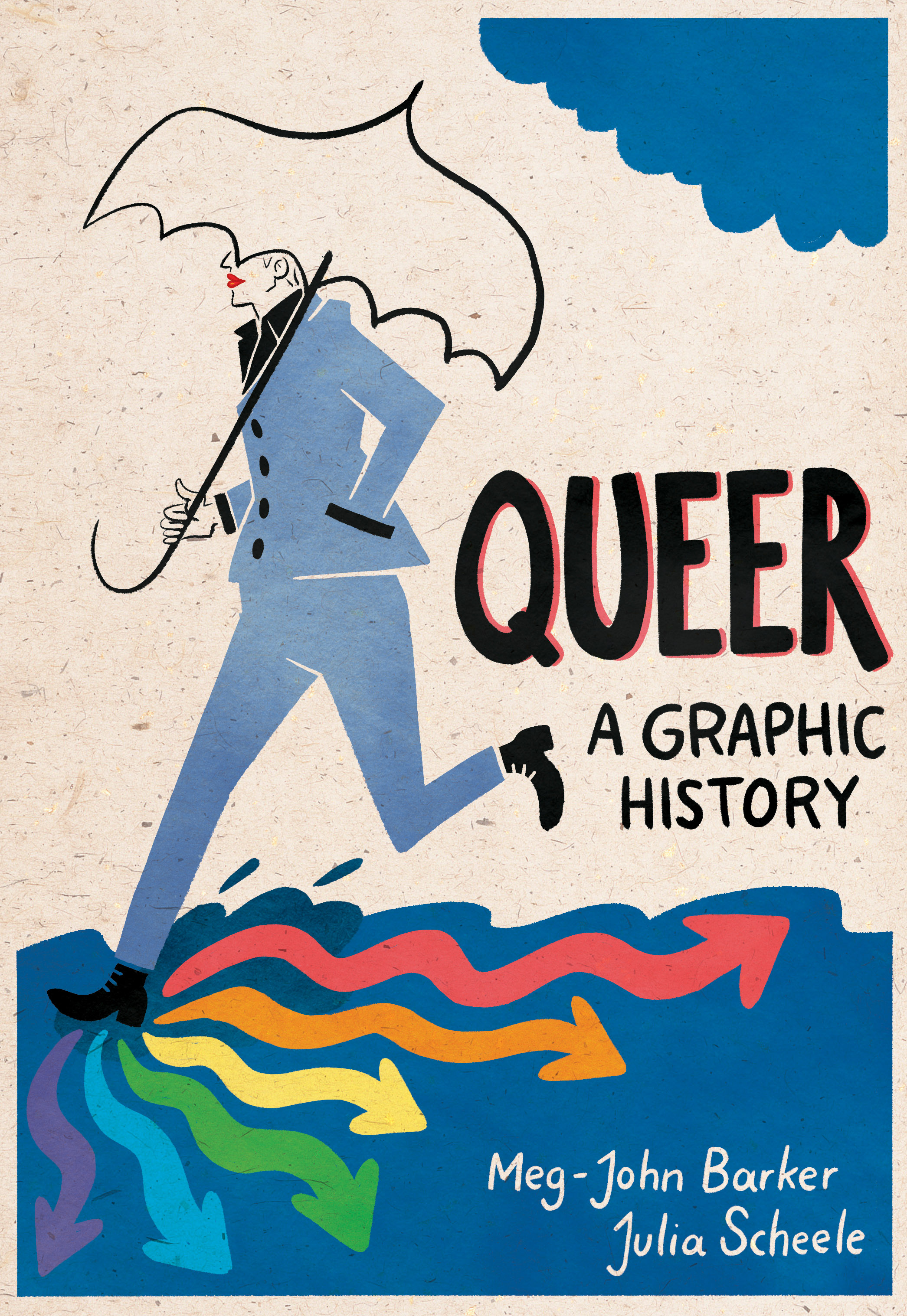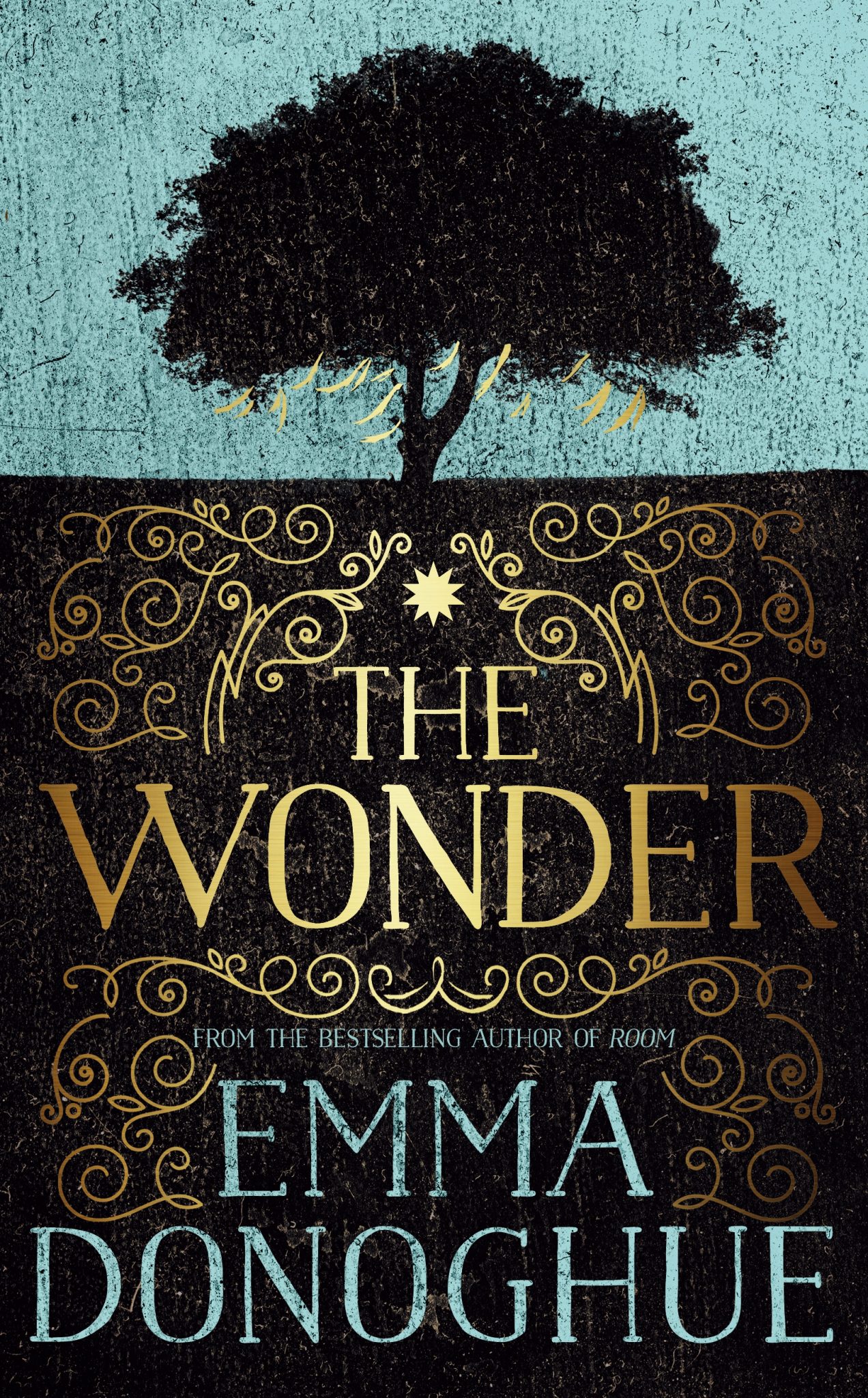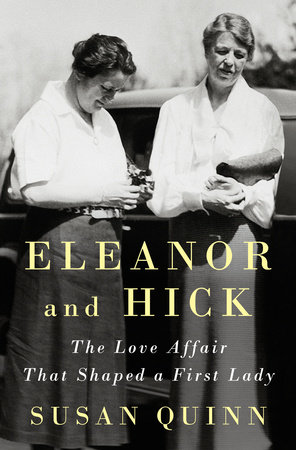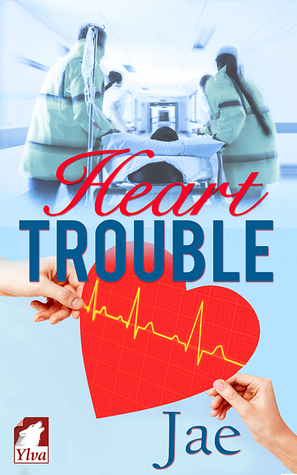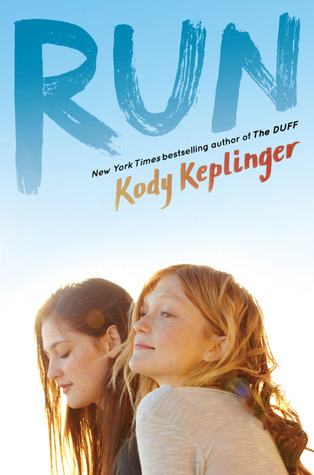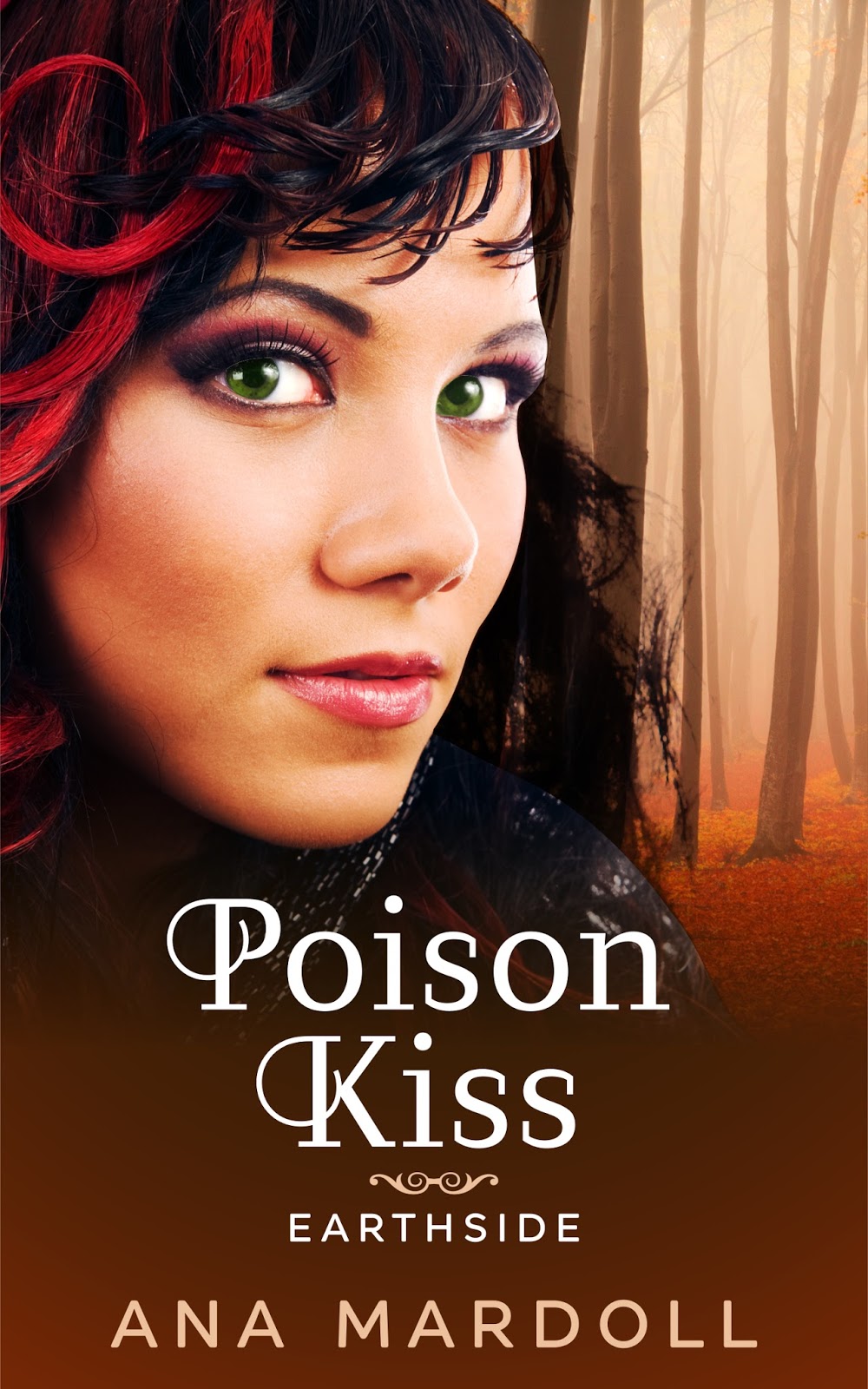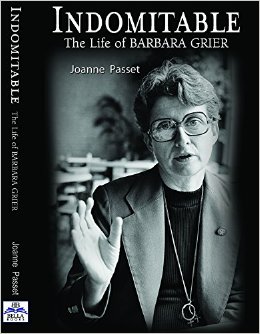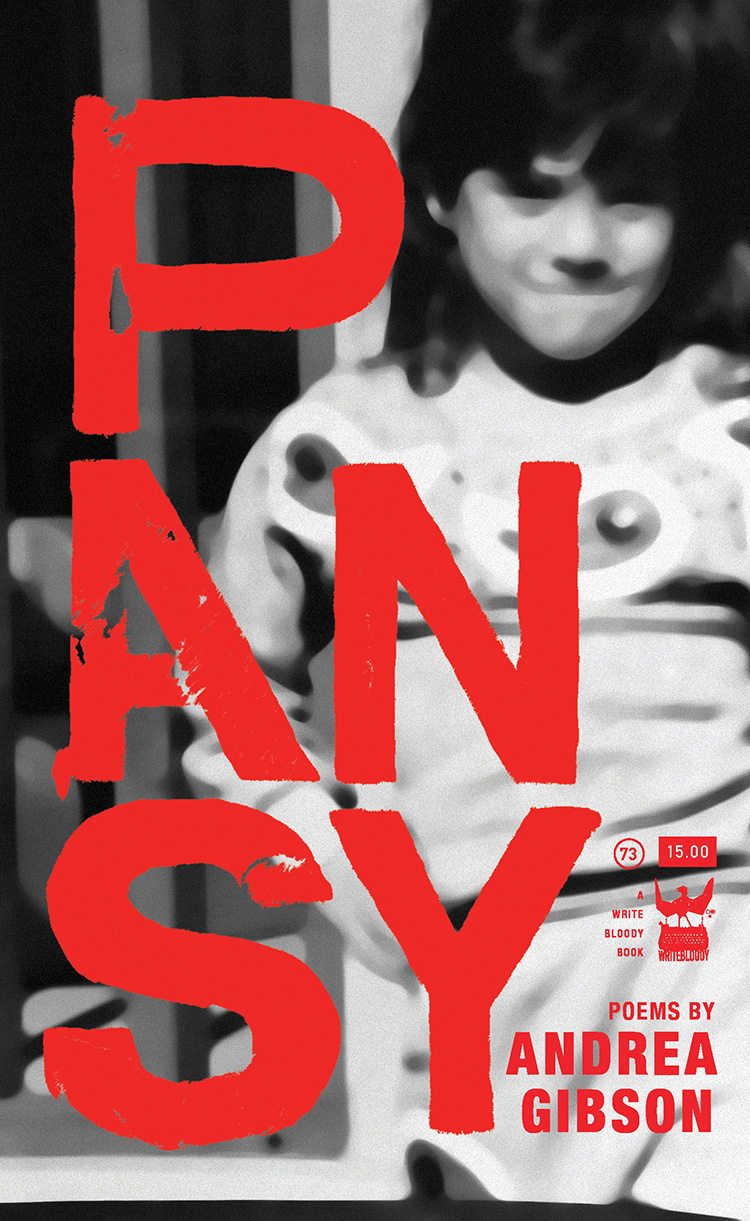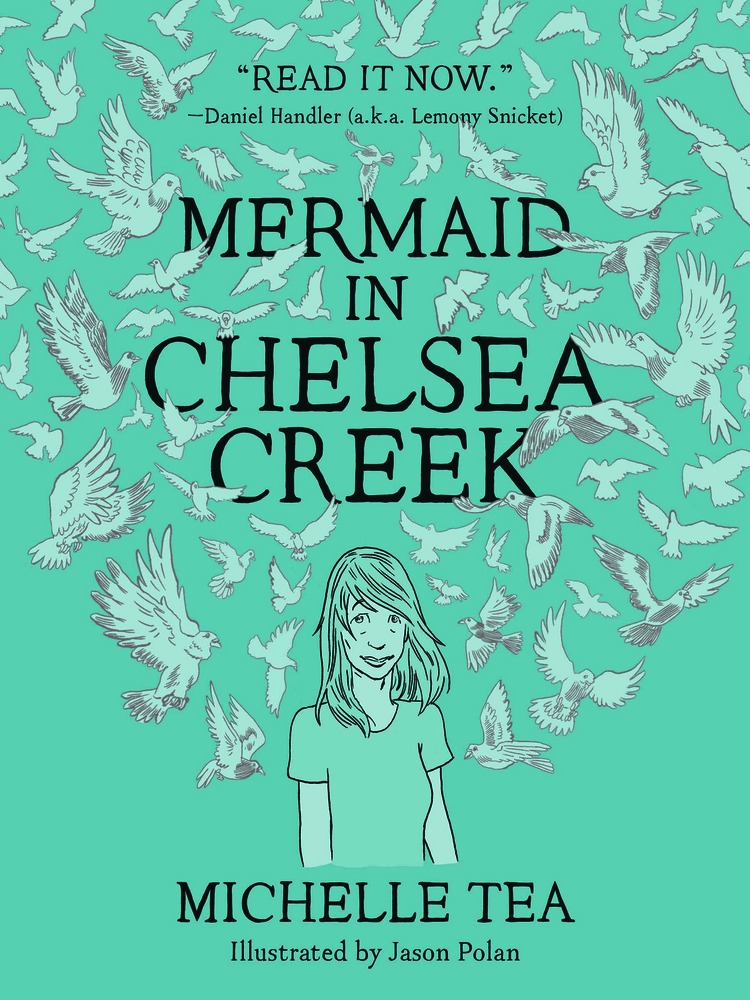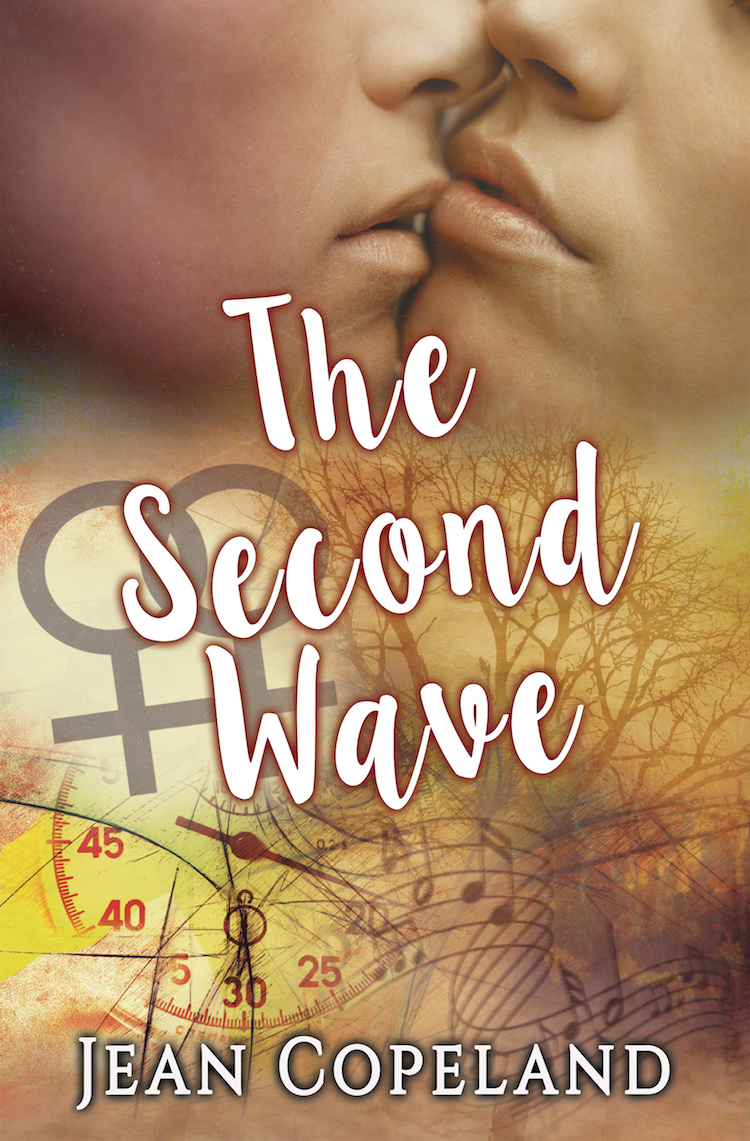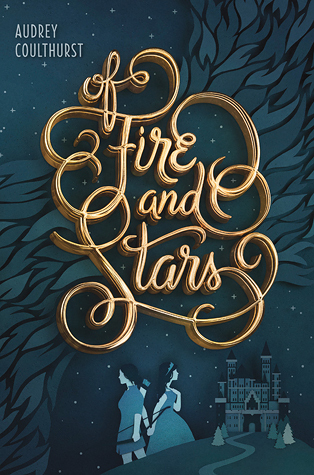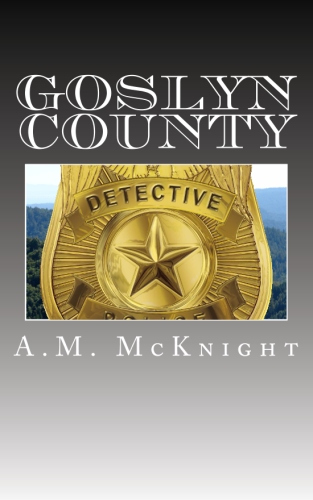Autostraddle posted
- Chloe Grace Moretz And Sasha Lane Are Playing Gay In The Movie Adaptation Of “The Miseducation of Cameron Post”
- Gabby Rivera Will Write “America,” Marvel’s New Queer Latina Comic Book, And We’re Flipping Out
- Well Hot Damn, Limerence Press is Republishing Colleen Coover’s “Small Favors: The Definitive Girly Porno Collection”
- Lez Liberty Lit: Reading For Resilience
Bella Books posted Romances that Will Warm Your Heart and Lift Your Spirits.
GLBT Reviews ALA posted Down Country Roads: LGBT Rural Life and Communities.
LGBTQ Reads posted Twenty LGBTQ MG + YA Paperbacks Under Seven Bucks and LGBThankgiving!
Queer Book Swap is a thing that exists!
Women and Words updated their New Releases & Coming Up page.
Alison Bechdel posted a new Dykes To Watch Out For comic!
Clare Lydon is giving away a Christmas novella on her website!
“2017 YA Books with (Possible) LGBT Themes” was posted on Goodreads (over 100 books!)
“Exclusive: The Scoop On America, Marvel’s New Queer Latina Superhero Series” was posted at Refinery29.
“13 YA Books with an Amazing Lesbian Lead Character That Came Out This Year” was posted at Teen.com.
Solace: Writing, Refuge, and LGBTQ Women of Color edited by S. Andrea Allen & Lauren Cherelle was reviewed at Omnivore Bibliosaur.
Queer: A Graphic History by Meg-John Barker and Julia Scheele was reviewed at Lambda Literary.
Of Fire and Stars by Audrey Coulthurst was reviewed at Forever Young Adult and by Malinda Lo.
Wedding Pulls by J. K. Daniels was reviewed at Lambda Literary.
The Wonder by Emma Donoghue was reviewed at Lambda Literary.
Heart Trouble by Jae was reviewed at Lambda Literary.
Run by Kody Keplinger was reviewed at Bisexual Books.
Poison Kiss by Ana Mardoll was reviewed by Shira Glassman.
Indomitable: The Life of Barbara Grier by Joanne Passet was reviewed at Lambda Literary.
Eleanor and Hick by Susan Quinn was reviewed at GLBT ALA Reviews.
This post, and all posts at the Lesbrary, have the covers linked to their Amazon pages. If you click through and buy something, I might get a small referral fee. For even more links, check out the Lesbrary’s twitter! We’re also on Facebook, Goodreads, Youtube and Tumblr.
Thank you to the Lesbrary’s Patreon supporters! Special thanks to Jacqui Plummer, Martha Hansen, Emily Perper, Kath, Karen, Chiara Bettini, and Adelai McNeary. Support the Lesbrary on Patreon at $2 or more a month and be entered to win a lesbian/queer women book every month!



